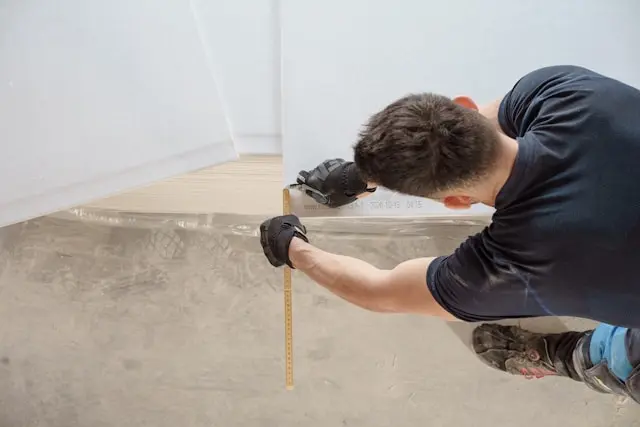Creating a supportive environment for aging adults is essential for maintaining their well-being and quality of life. As people age, they face various physical and emotional changes that require a nurturing environment to thrive. This is particularly important for those exploring options for Chicago senior living communities, where the need for tailored support systems becomes evident. Improving the living conditions of seniors can lead to better health outcomes and increased independence, allowing them to enjoy their golden years comfortably. Research indicates that a well-designed, supportive environment significantly enhances the physical and mental health of aging adults. For example, access to nature, quiet spaces, and recreational areas within urban settings can contribute to better health and excellent emotional stability. In senior living communities, proximity to medical facilities and communal activities can integrate senior residents into a holistic support system essential for both immediate and long-term well-being.
Designing Comfortable Living Spaces
One of the critical aspects of a supportive environment is the physical space in which seniors live. Comfortable living spaces that cater to the needs of aging adults can significantly enhance their day-to-day experiences. Practical steps include:
- Adequate Lighting:Ensure all areas are well-lit to reduce the risk of falls and improve visibility. Proper illumination helps prevent accidents and makes navigation more accessible for individuals with declining eyesight.
- Non-Slip Flooring:Use materials that minimize the risk of slips and falls. Non-slip flooring options can dramatically reduce accidents, especially in commonly used areas such as the bathroom and kitchen.
- Ergonomic Furniture:Incorporate furniture designed for ease of use and mobility. Chairs with proper back support, adjustable beds, and easy-to-reach handles can enhance comfort and encourage autonomy.
A well-designed home can provide a safe and pleasant living area, promoting both physical and mental health. It’s important to arrange furniture to minimize clutter and create open pathways that make it easier for seniors to move around without risk. Additionally, fixtures such as grab bars in the bathroom and handrails along staircases add an extra layer of safety.
The Role of Community and Social Engagement
Social connections play a vital role in the mental health and well-being of seniors. Engaging in community activities, forming friendships, and participating in hobby groups can significantly reduce feelings of loneliness and depression. Many studies have shown that regular social interaction can improve cognitive functions and overall happiness in aging adults. For instance, a study on social well-being among elderly individuals in Chicago highlighted that those who regularly engaged in community activities experienced lower levels of stress and better emotional health. Regular social activities can stimulate the mind, reduce stress, and improve emotional health, fostering a sense of purpose and belonging. Encouraging seniors to stay socially active is an essential component of a supportive living environment. Activities like book clubs, gardening, and even regular coffee meet-ups can foster a sense of community and belonging that is crucial for mental health. Social engagement also promotes physical activity, which can enhance overall well-being and longevity.
Enhancing Safety and Accessibility
To ensure safety and accessibility for aging adults, it is essential to remove potential hazards and make modifications that enhance accessibility. Simple measures include:
- Installing grab bars in areas prone to slips.
- Replacing stairs with ramps for more effortless movement.
- Ensuring adequate lighting to prevent falls.
Additionally, consider using non-slip mats, securing rugs, and clearing pathways of obstructions. These measures help seniors see obstacles and reduce the chances of tripping and falling. Home safety tips from AARP can also be helpful, as well as incorporating non-slip mats, rugs, and clear pathways to create a safe living environment.
Resources for Caregivers
Providing optimal care for elderly family members can pose difficulties, necessitating caregivers to receive assistance and access resources. From expert guidance to local support organizations, there are many assistance options for caregivers to manage their responsibilities. Using these resources can have a significant impact on the quality of care given and can assist caregivers in better managing their duties. Caregivers can find more resources by visiting websites such as the Family Caregiver Alliance for extensive support and information. These resources provide information on handling daily caregiving tasks, comprehending medical issues, and seeking emotional assistance. Caregivers should seek assistance and guidance quickly, whether it be from online forums, local community centers, or professional counseling services. These resources offer essential information and emotional assistance, assisting caregivers in improving their management of responsibilities. Furthermore, respite care choices are accessible for caregivers to allow them time off to recharge and prevent burnout.



